Easy to order great service great product equals very happy customer
Water Activity vs. Moisture Content: The Numbers That Actually Stop Mold
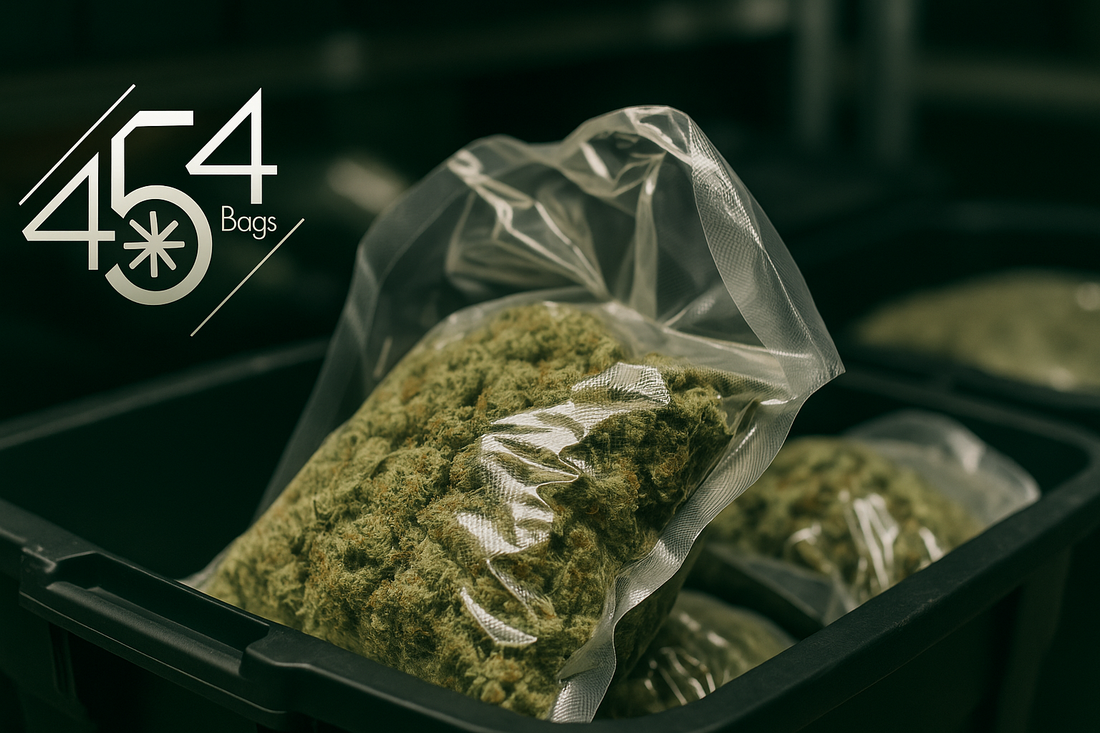
If you only chase moisture content (MC%) you’ll eventually get burned. Two lots can both read 11.5% on a pin meter—one stays perfect for months, the other blooms fuzz in a week. The difference is water activity (aw). It’s the number mold cares about, and it’s the number that predicts shelf life.
This guide breaks down MC% vs. aw in plain language, gives you safe targets for drying, equalization, and long-term storage, and hands you simple SOPs you can put in play today.
Quick definitions (no fluff)
-
Moisture content (MC%)
How much total water is in the material by weight. Pin/pinless meters read this. MC% helps you aim your drying. -
Water activity (aw)
How available that water is for microbes. 0.00 = bone dry air; 1.00 = pure water. Mold generally needs aw ≥ 0.65 to grow. aw predicts shelf life and mold risk—not just “wetness.” -
Equilibrium Relative Humidity (ERH)
The RH your flower drives a sealed container to when it stabilizes. ERH ≈ aw × 100. If your bin stabilizes at 58% RH, your aw is ~0.58.
Bottom line: MC% tells you how much water; aw tells you how dangerous that water is.
Target ranges that actually work
These are practical, field-tested bands that keep you out of trouble while preserving terpenes and texture.
Drying → Equalization → Storage
-
Drying (room stage)
-
Buds: target 11–12% MC
-
Thin stems near buds: 10–12% MC, just starting to snap
-
What to avoid: >13% MC (slow to equalize; high mold risk), <9–10% MC (crumbly, harsh)
-
-
Equalization (first 24–72 hours in bins/bags)
-
ERH/aw: let sealed bins stabilize 55–60% ERH (aw 0.55–0.60)
-
Vent (briefly) if bins climb >62% ERH; hold closed if 55–60%; if <53%, rehydrate carefully (see SOP below)
-
Expect a small MC drift downward (e.g., buds 11.5% → 10.5–11%)
-
-
Long-term storage
-
ERH/aw: keep 55–60% ERH (aw 0.55–0.60)
-
Temperature: 60–68°F (15.5–20°C) with minimal swing
-
Light: near zero (UV/blue light accelerates terpene loss)
-
Packaging: low MVTR/OTR barrier films; avoid nylon where possible
-
Mold line: aw 0.65 (ERH 65%) is where mold risk turns on. Stay ≤ 0.60 for headroom.
“How does MC% relate to aw?” (and why it’s messy)
There’s no single conversion—botanical density, oil content, structure, and cut size all influence aw. Still, many well-handled lots land roughly like this:
| Bud MC% (pin meter) | Typical ERH in sealed bin | Approx. aw | What it means |
|---|---|---|---|
| 9.0–10.0% | 50–55% | 0.50–0.55 | Safe but can taste dry/harsh if too low |
| 10.5–11.5% | 55–60% | 0.55–0.60 | Sweet spot: aroma, texture, shelf life |
| 12.0–13.0% | 60–64% | 0.60–0.64 | Watch closely, vent if needed |
| >13.0% | ≥65% | ≥0.65 | Mold risk; corrective action now |
Use both: MC% to drive drying decisions, aw/ERH to protect inventory once sealed.
Instruments that matter (and how to use them)
-
Pin moisture meter (bud & twig)
-
Probe through the bud shoulder toward the stem. Sink pins fully and average 3–5 buds per lot.
-
Use thin twigs (not main branches) for a second reading.
-
Wipe pins with 70% IPA between samples; replace bent/dull pins.
-
-
Water activity meter (bench or portable)
-
Best for final sign-off and shelf-life audits.
-
Calibrate with known standards (follow manufacturer procedure).
-
-
Hygrometer/data logger (in-bin)
-
A great proxy for aw. After sealing, read bin RH at 60–90 min and again at 24 hours.
-
-
Calibration/verification
-
Keep two check blocks for your moisture meter (low/mid range). Verify at the start of each shift.
-
Keep spare hygrometers; rotate to spot a bad sensor.
-
Simple SOPs you can copy
A) Drying SOP (from chop to bin)
-
Hang in 60–68°F, 55–60% RH, gentle cross-room airflow (no direct fan on plants).
-
Start measuring buds + thin stems at day 4–5.
-
When buds 11–12% MC and thin stems 10–12% MC (just starting to snap) → buck.
-
If hand-bucking: keep stems slightly drier; for machine bucking: keep them a touch wetter (bend without snapping) to reduce shatter.
B) Equalization SOP (first 24–72 hours)
-
Load bins/bags loosely; do not over-pack.
-
Seal and insert a trusted hygrometer/logger on top.
-
Check at 60–90 minutes:
-
>62% ERH: crack lids 1–2 minutes, reseal; repeat every few hours until ≤60%.
-
55–60% ERH: perfect; hold sealed.
-
<53% ERH: flower is too dry—batch-correct (see rehydration SOP).
-
-
Re-check at 24 hours; you should stabilize 55–60%.
C) Rehydration SOP (for slightly over-dried lots)
-
Quarantine the lot; do not mix into finished inventory.
-
Use sealed, food-safe humidity sources (e.g., dedicated packs held separate from direct contact or a small jar of damp—but not wet—leaf/stem in a vented micro-container).
-
Work in short cycles: 2–4 hours sealed, then measure ERH.
-
Stop at 55–58% ERH; rest 24 hours; confirm it holds.
-
Avoid “wet towel hacks.” Free water spikes aw and invites mold.
D) Storage & QC cadence
-
ERH/aw: keep 55–60% ERH (aw 0.55–0.60).
-
Temperature: 60–68°F; minimize swings.
-
Light: as close to zero as possible.
-
Packaging: use low MVTR/OTR barrier containers/bags; avoid high-permeability films and nylon.
-
QC cadence:
-
Weekly: spot-check ERH in sealed units.
-
Bi-weekly or per shipment: aw meter on a composite sample.
-
Monthly: full lot review (sensory + records).
-
Fast troubleshooting
-
Bin RH won’t drop below 62%
-
Open & vent briefly; redistribute buds to shallower layers; reduce room RH; add time between vents; confirm hygrometer accuracy.
-
-
Product reads 56% ERH but smokes harsh
-
Check temp swings (hot → cold dries edges). Confirm meter with a second device. Over-dried outer with wetter core can average “okay”—break buds and re-equalize.
-
-
One corner of a bin reads high
-
You’re over-packed or airflow is uneven. Fluff/turn the lot and re-insert the logger centrally.
-
-
Aroma “flat” after a week
-
Check light leakage and temperature spikes. Audit packaging barrier specs (MVTR/OTR). Consider stepping ERH from 55→58% carefully.
-
The simple QA ladder (use this order)
-
Visual pass (mold, moisture pockets, mechanical damage)
-
Nose check (off-notes, ammonia, “wet hay”)
-
MC% (buds + thin stems) to confirm dryness consistency
-
ERH in sealed container (60–90 min, then 24 h)
-
aw (spot checks per lot for shelf-life confidence)
Keep a single-page Lot Record with:
-
Date/time, room RH/temp, MC% (buds/stems), ERH at 60–90 min & 24 h, aw, actions taken, initials.
Packaging notes that save batches
-
Choose barrier films with low MVTR (moisture vapor transmission rate) and OTR (oxygen transmission rate). High-permeability films slowly nudge ERH upward or downward and pull volatiles.
-
Avoid nylon for long holds; it’s tough but not aroma-friendly.
-
Size bags correctly so you don’t crush trichomes or trap big pockets of humid air.
-
For bulk: liners in rigid bins + inner barrier bags gives you handling + protection.
-
For retail: keep finished units in dark master cartons in a cool room until ship day.
FAQs growers ask us
Is 62% a safe long-term target?
It’s a popular set point, but it sits close to the mold line once temps and film permeability drift. We recommend 55–60% ERH (aw 0.55–0.60) for storage headroom.
Can I convert MC% to aw?
Not reliably. Use MC% to steer drying and aw/ERH to lock in shelf life.
Do I need an aw meter if I use good hygrometers?
ERH is an excellent proxy day-to-day. For final release, long holds, or high-value lots, an aw meter pays for itself quickly.
What temp should I store at?
60–68°F with minimal swing. Warmer air accelerates oxidation and terpene loss; colder air can mislead sensors and pull moisture to surfaces during swings.
TL;DR cheat sheet
-
Dry to: Buds 11–12% MC, thin stems 10–12% MC (just starting to snap)
-
Equalize to: 55–60% ERH (aw 0.55–0.60) in sealed bins for 24–72 hours
-
Store at: 60–68°F, dark, low-permeability packaging
-
Mold line: aw 0.65 / 65% ERH—don’t flirt with it
-
Use both numbers: MC% for drying, aw/ERH for shelf life
No comments



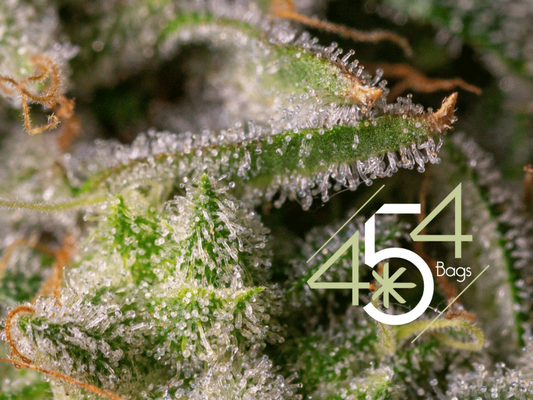
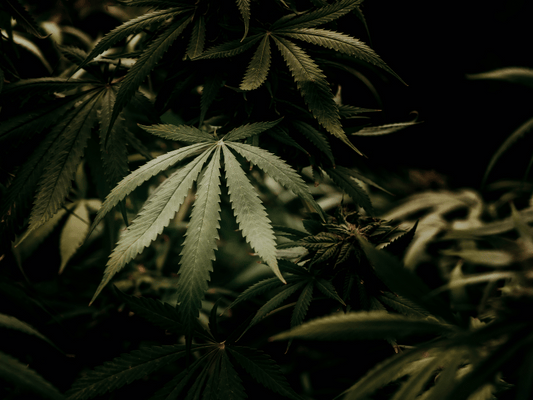
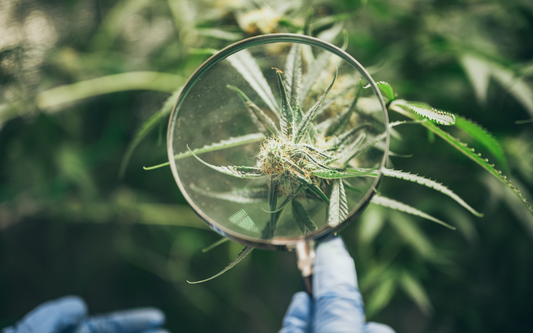
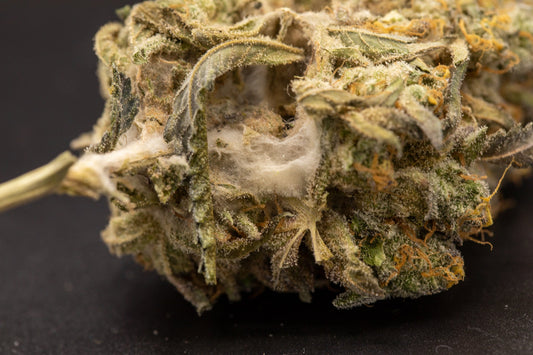


0 comments